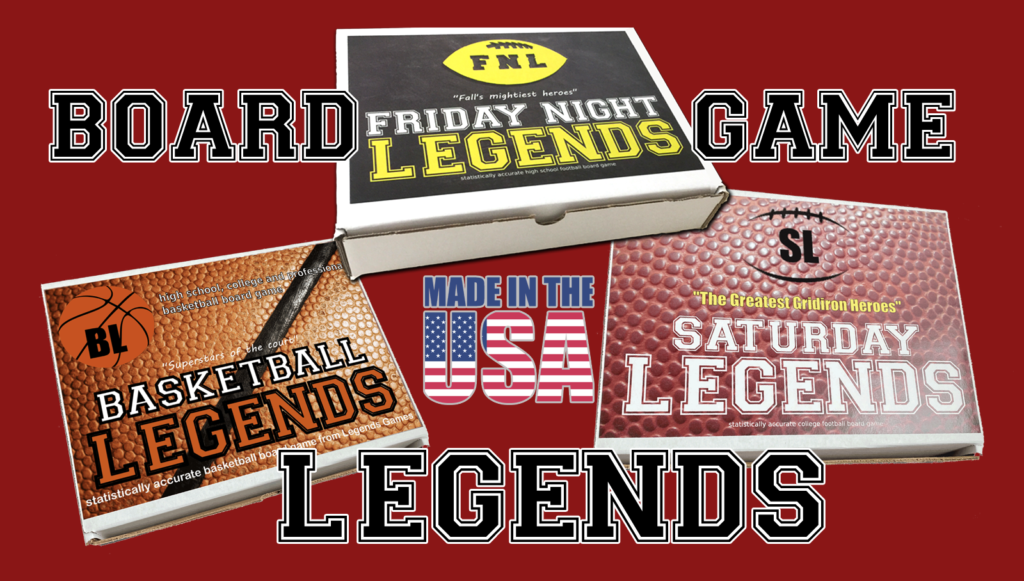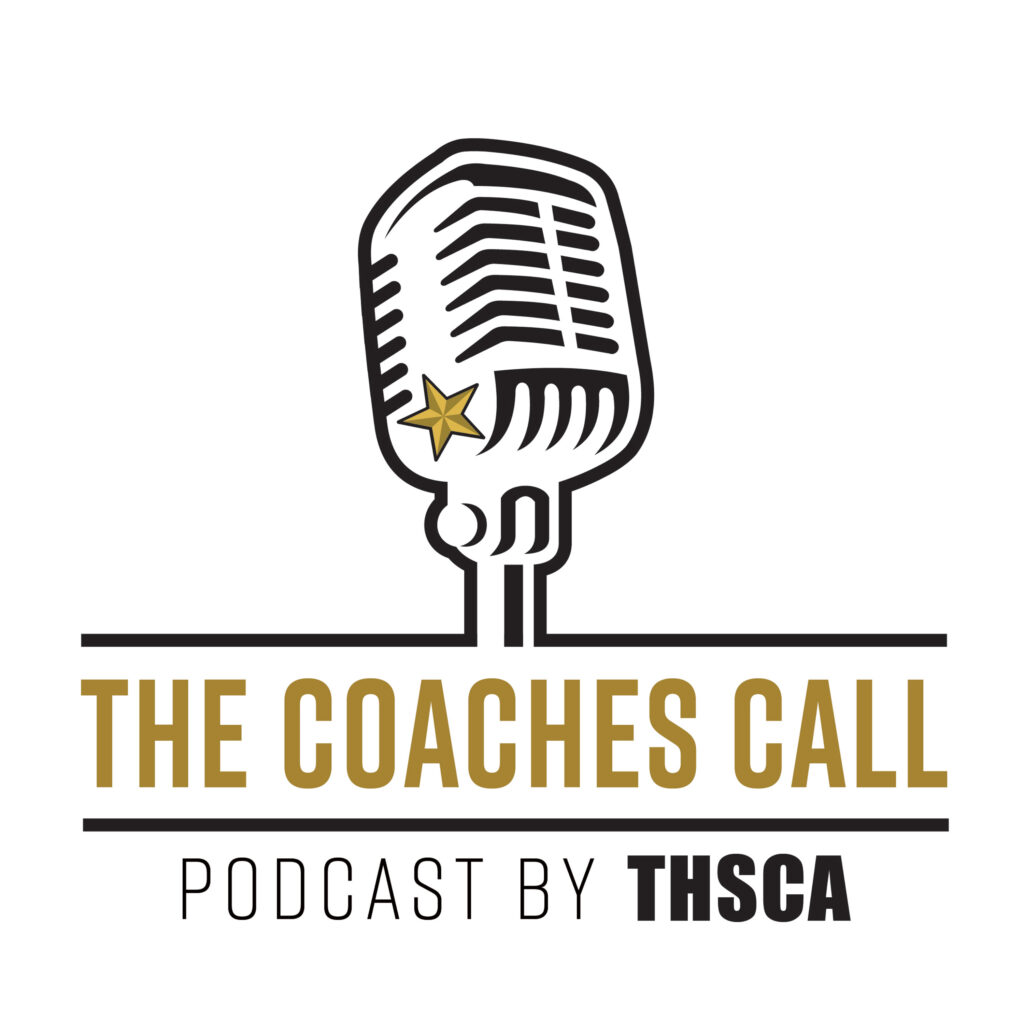Games are on TV, so where’s the paycheck?
-
Updated: October 30, 2008
PUNTA GORDA - When the undefeated Venice Indians lined up against the undefeated Charlotte Tarpons Friday night, viewers from 12 states watched on cable TV -- a first for the teams and Southwest Florida.
Across the country, networks such as ESPN, Fox Sports and Comcast Sports Southeast, which broadcast the Venice-Charlotte game, are finding a growing market for high school football.
But while pro and college teams are getting millions for broadcasting rights and advertising, few high schools are compensated for the free programming they provide to cable outlets. Neither Charlotte nor Venice cashed in on their appearance Friday night, which had the potential to reach about 5.8 million homes.
However, as nationally top-rated high school football games garner audiences in the millions and deliver a prized 12- to 17-year-old audience, advertisers are taking notice and some schools are starting to reap the benefits.
A school in Texas recently signed a $2 million deal with a hospital for naming rights to its football stadium. Old Spice and Nike regularly advertise on ESPN high school games. In Broward County, Cypress Bay High School's football team got an all-expense-paid trip to Texas three weeks ago to play nationally ranked Katy, which received an undisclosed amount of money from a marketing firm that brokered the deal.
Sports marketers said that high school sports broadcasting is in its infancy -- in a similar place as college sports were about 20 years ago, when only a few games made it on national TV each season.
Since ESPN broadcast its first high school football game in 2003, regional and national networks have been trying to get on the band wagon.
This year, ESPN televised 17 games, said Dave Stephenson, founder of Titus Sports Marketing, which packages games for networks and arranged the Cypress game and the naming rights for the Texas school.
"There's not a rights fee so it is easier to broadcast high school games," Stephenson said. "Still, it's a struggle to find the right teams" when there are 18,000 schools. "Are people going to watch a great player or a great team? Everybody is trying to figure it out."
The Venice-Charlotte lineup was a natural for CSS, which has been trying to break into the high school broadcasting market in Southwest Florida.
Venice is ranked seventh in the state in the latest Associated Press poll of 5A schools, and Charlotte is ranked ninth. Venice junior quarterback Trey Burton has been on the national scene since committing to play for the University of Florida.
"The broad appeal of all sports has grown because of the availability of programming," said Mark Fuhrman, vice president and general manager of Comcast Sports Southeast. With about 20 sports channels available "we need programming to put on the air. High school seems to be the natural progression."
CSS hopes to put about eight more Southwest Florida football games on the air next year if Friday's game has good viewership. Comcast spent about $20,000 to produce the broadcast and has regional advertisers, such as a Georgia carpet company and a regional insurer. Still, Friday's game was a money loser, Fuhrman said.
"We see high school sports as a revenue opportunity going down the road," Fuhrman said.
The local schools are not concerning themselves with money from broadcasts.
"It's great exposure for the kids," said Dave Gayler, Charlotte County school superintendent. "If you're looking to get kids in front of scouts, there's no better way to do that."
By Kim Hackett
Sarasota Herald-Tribune, FL



